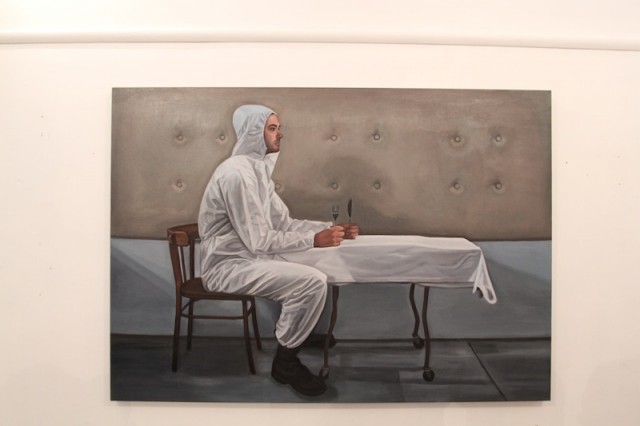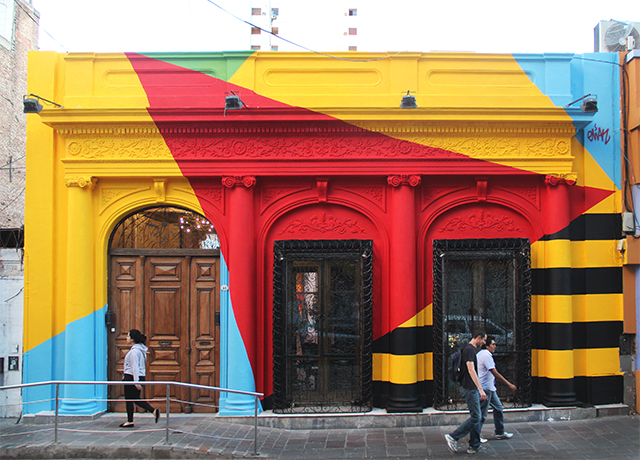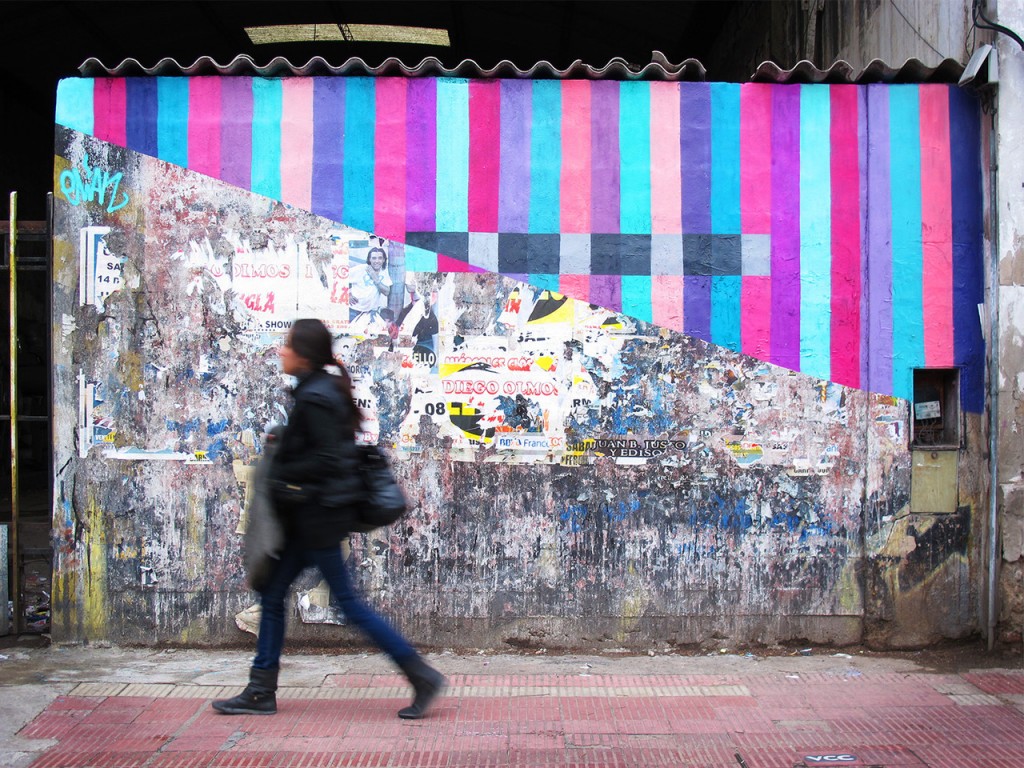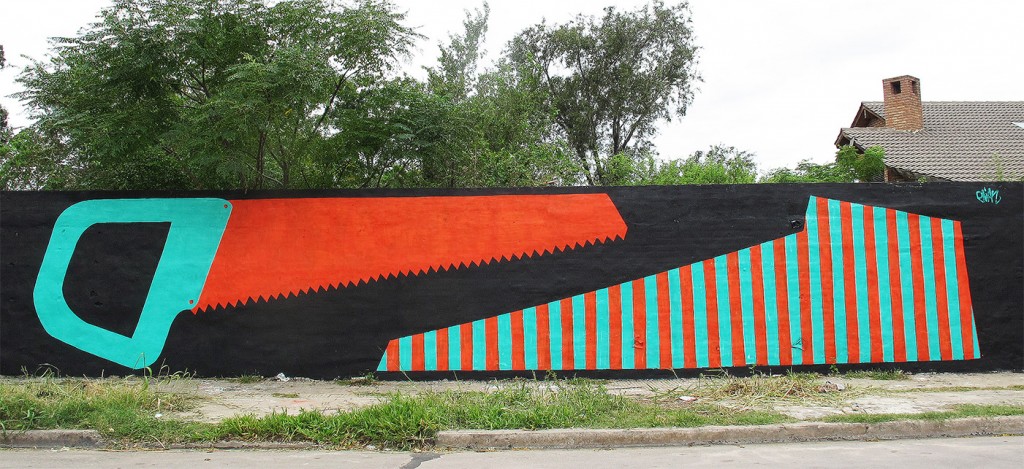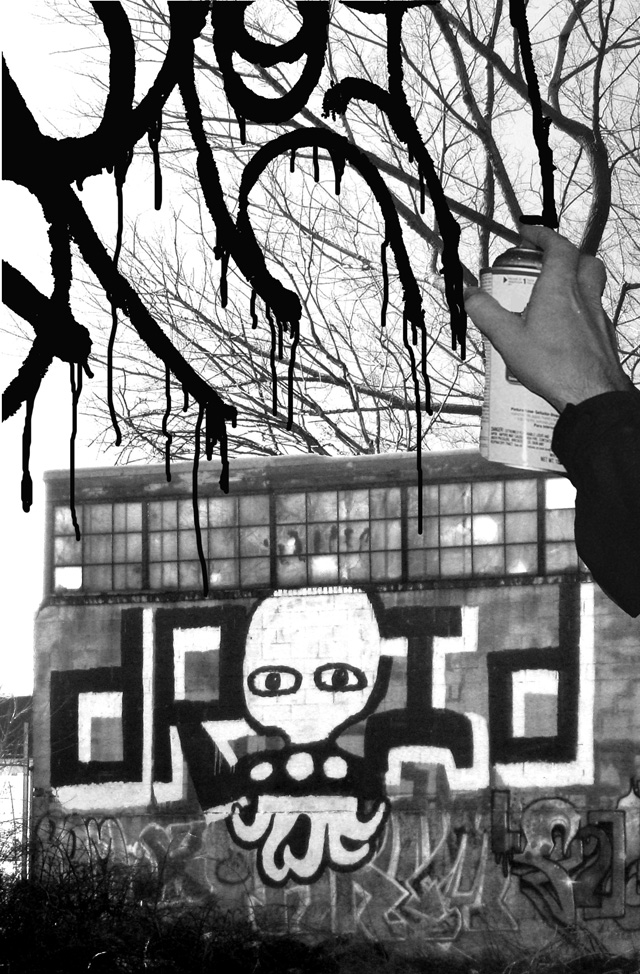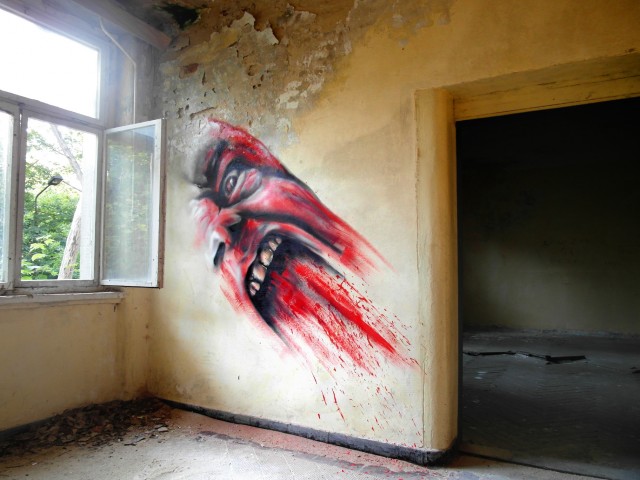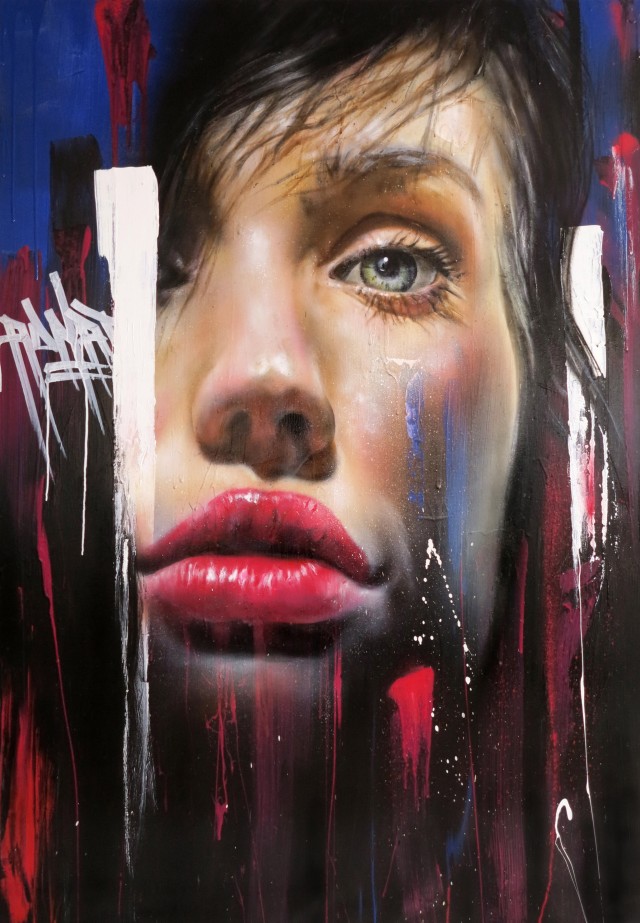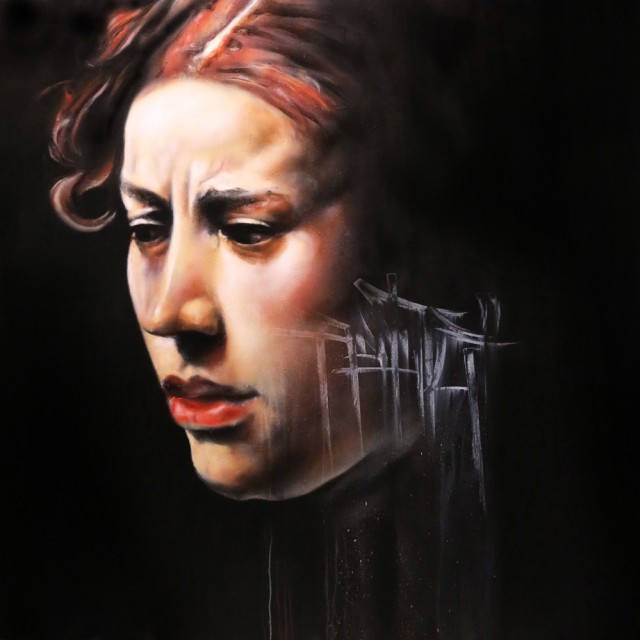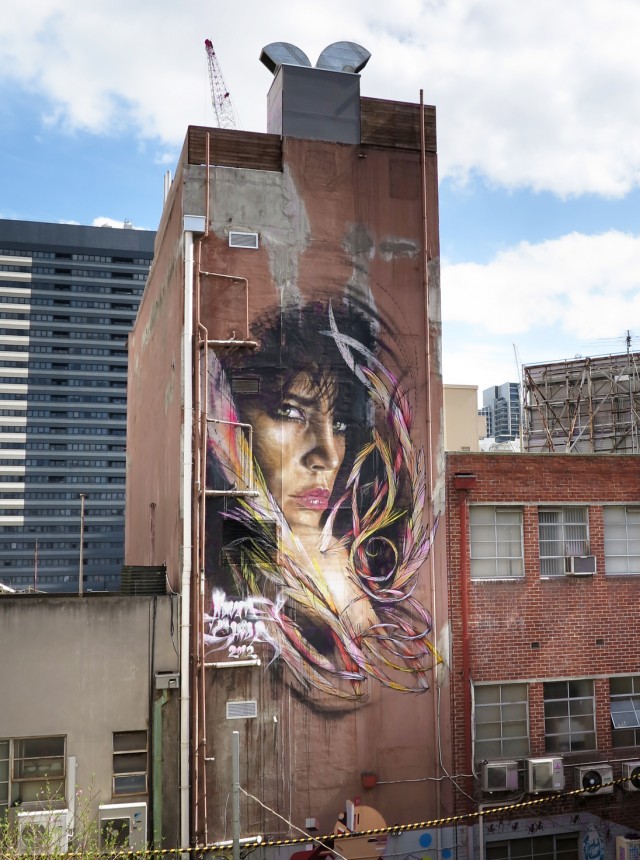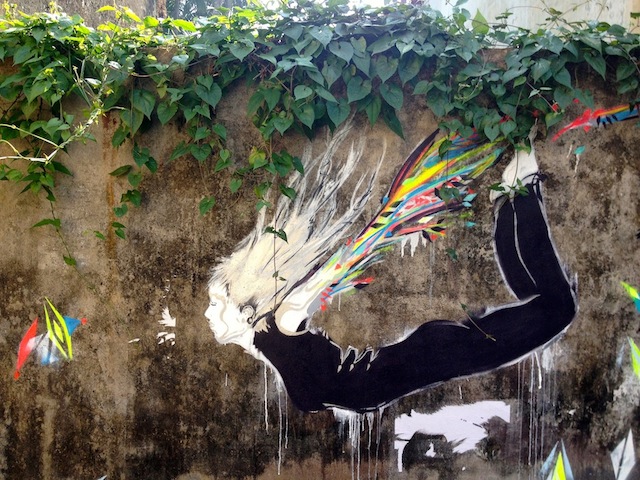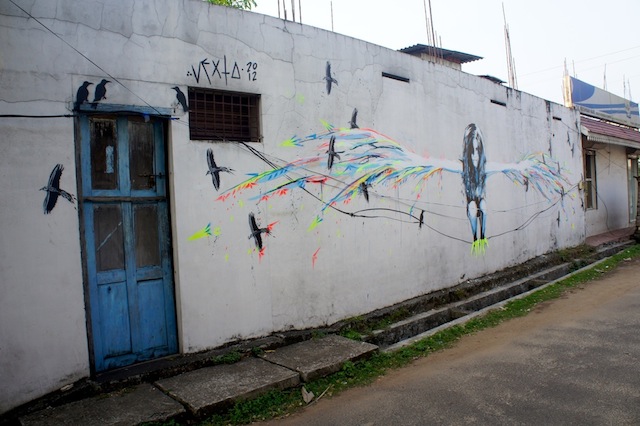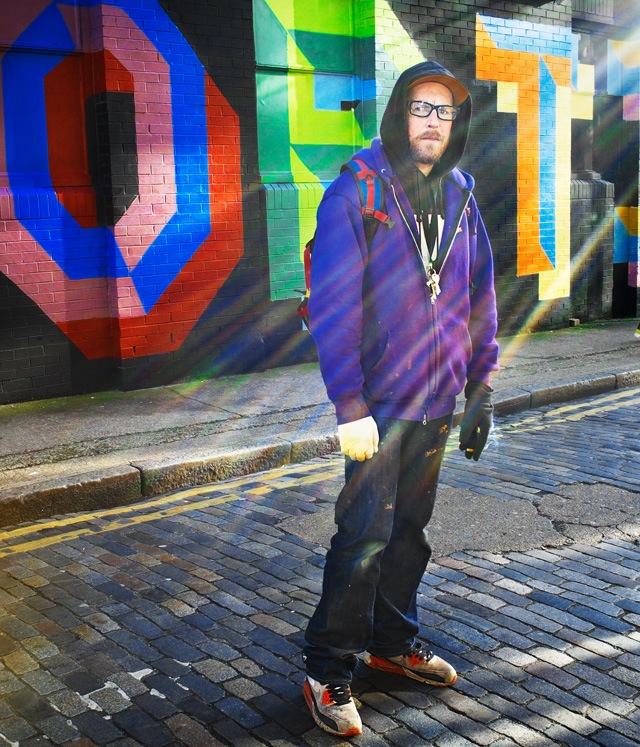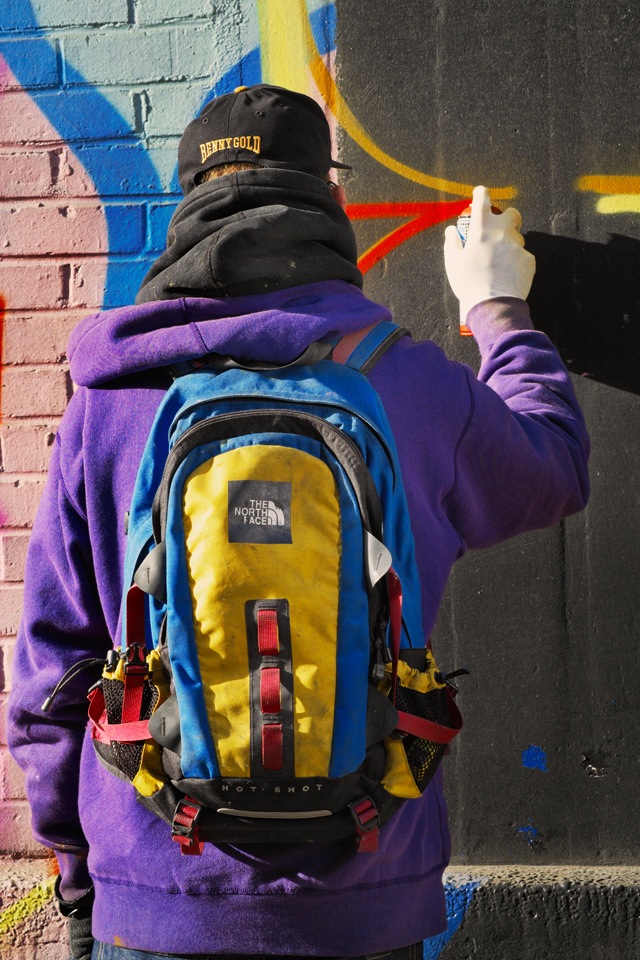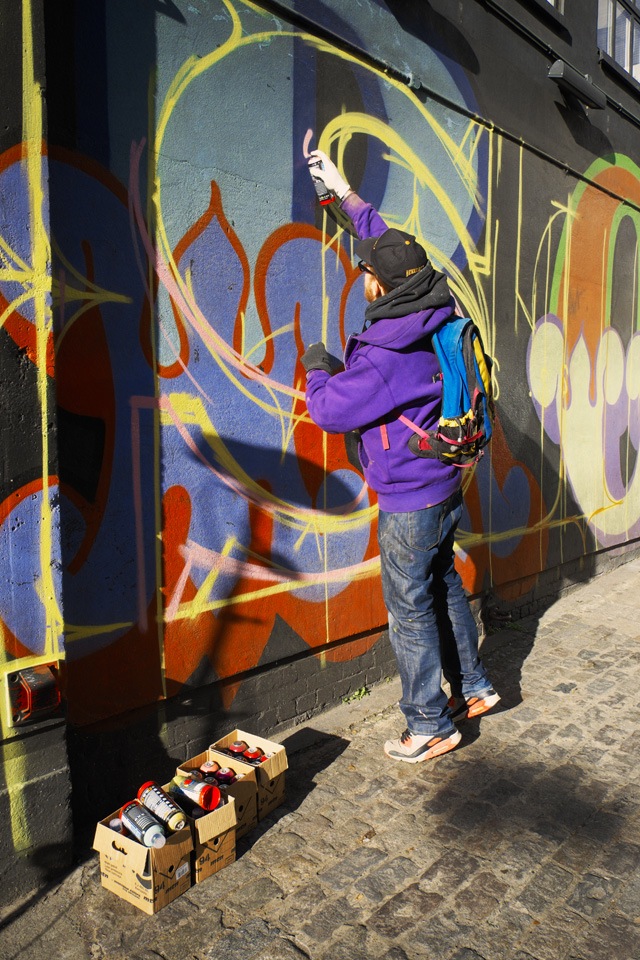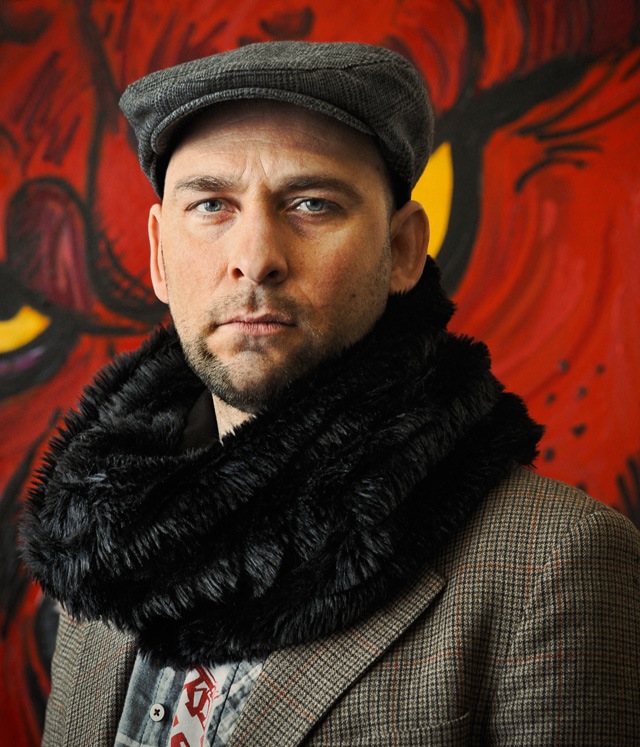
Graffiti geek (and we mean that in the best way) and fine artist James Jessop met with Tim Hans earlier this year for our “Tim Hans shoots…” series. Tom Pearson interviewed Jessop.
Tom: Hi James, I wanted to start by going back to school and your trained painting roots. You attended Coventry University and the Royal College of Art, and now have BA Hons and MA degrees to your name, how do you believe this teaching developed you as an artist?
James: That’s a good first question, and answering it will make a huge interview just by itself, as history, obsession and dedication to a subculture all mean a lot to me.
My actual trained painting roots began, not in art school as a student, but back in the old school, by English standards use of that word, in the first UK wave of the Hip Hop era. Way back in 1985 I was hearing Chuck Chill out live giving the New York City latest live on Capital FM and this is where it all began.
Then on Friday 18th April 1986 I was given Subway Art for my 12th birthday. From that point, every day, I would make at least one A4 transcription drawing, paper pieces or outlines whatever you want to call them, coloured in felt tips taken directly from its pages. I still have most of the drawings. For the whole of 1987 as a thirteen year old I continued this practice, during school lunch break and all evening whilst at home listening to Eric B and KRS 1.
In the summer of ’87 Henry Chafant and James Prigoff’s Spray Can Art came out. This was like the new testament. From then I drew from that to the sounds of Public Enemy. That same year I met Robbo, Dozez WRH, Set3, Fura and Up2, and got their hits in my black book and these tags became my tag style blue prints.
When I turned 14 I was still on it, drawing every day, shaping letters and forming pieces spelling different words in different styles with mixed mediums. I also did my first solo trackside in racked car paint. Before that, I’d only worked as an apprentice for my older friend Mark Cheesman, filling in, and looking out. In the summer of 1988 I got obsessed with street skateboarding and slowed down with the graffiti daily paper pieces.
But a year later, in 1989 I would tag up whenever I got the opportunity whilst skating, in Milton Keynes, Harrow in London, and places like that, it was Jessop on tour. I know for a fact I was the first tagger in Milton Keynes. I’d be rolling then pull out my Posca, Pentel or my 30mm with meltonium shoe dye, I’d hit those marble subways then skate off again. Pure rebellious energy to the max. I remember some skaters telling me not to tag but they then later became taggers themselves. Back then in the late 1980’s we called it tagging and would say ‘have you seen my new tag’ or my ‘tag style’. Back then we never said ‘hand style’.
In 1990, when I turned 16, I was accepted on a full-time two year B-Tec general art and design course in Luton. I had to take two buses to college, and two home. I hit them all. Art all day, bombing on the way home, street skating every evening, living the life. It was then I read Keith Haring’s authorised biography and saw how he used the street art to inspire his gallery shows, and from then I specialised in painting on canvas.
During my B-Tec in 1992 I was accepted to and study at Coventry University BA in Fine Art. I started by degree at the age of 18 at which point I’d already been developing as an artist for 6 years. Going to Coventry was amazing as I no longer had to live with my parents, who wouldn’t let me keep spray paint in the house or go out all hours. Now it was on, any time any hour. Being an art student was great cover for being a full-time graffiti writer outside of college hours. I was the new Coventry King bombing prolifically and street skateboarding most nights, simply jamming out .
In my the first year at Coventry I finally saw Style Wars, which I’d never managed to catch before. The library also had the 1983 catalogue Graffiti Kings from Rotterdam, so I took all this in, I carefully cut out the full page advert for a show at Kladfled Perry Gallery, New York, from Art Forum. The show featured New York subway masters; Lee, Futura 2000, Daze, Lady Pink and Crash doing paintings on canvas and this gave me my biggest inspiration and hope.
In the second year of my degree I started to keep a closer eye on current painters in the UK gallery scene, such as Fiona Rae and Peter Doig, whose work I saw when the college took us all up to Liverpool and to London when Doig was up for the Turner prize. Being at art school was starting to have a big influence in my direction by exposing my eyes to these artists, who otherwise I would have over looked. Fiona Rae had the boogie down Bronx energy in her paintings back then, even though she was a London Gold Smiths college graduate. I was very influenced by her early 90’s abstracts and this inspired me to paint my own on a large scale. In my third year I applied to the Royal College of Art but didn’t get an interview. My degree final show was 5 large bright abstract canvases, very bold and bright with tagging rhythms in areas.
After graduating in 1995 I moved straight in to a open plan studio in Coventry City Centre and carried on painting. My goal and dream was to get into the Royal College of Art to study an MA in Painting. In 1997, after a second interview, they offered me a place and I moved to York Way in London. I would get the tube in from Caledonian Road daily, on the Piccadilly line to Gloucester Road, then skateboard up to the College. At this time Zonk DDS was the most prolific all city train and street writer with great style as well.
The Royal college was amazing. In the first year you would have Chris Ofili and Peter Doig coming round hanging out, talking about your work and their own. In the second year Ofili won the 1998 Turner prize, the first painter since 1986, and I only saw him once after that, but Doig became my personal tutor and remained a huge influence throughout my career.
Continue reading “Tim Hans shoots… James Jessop”

